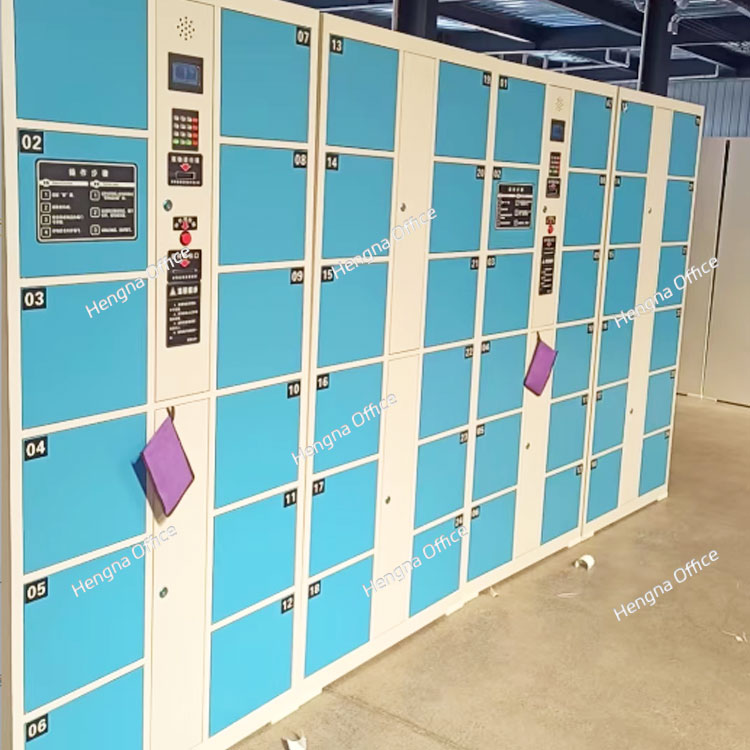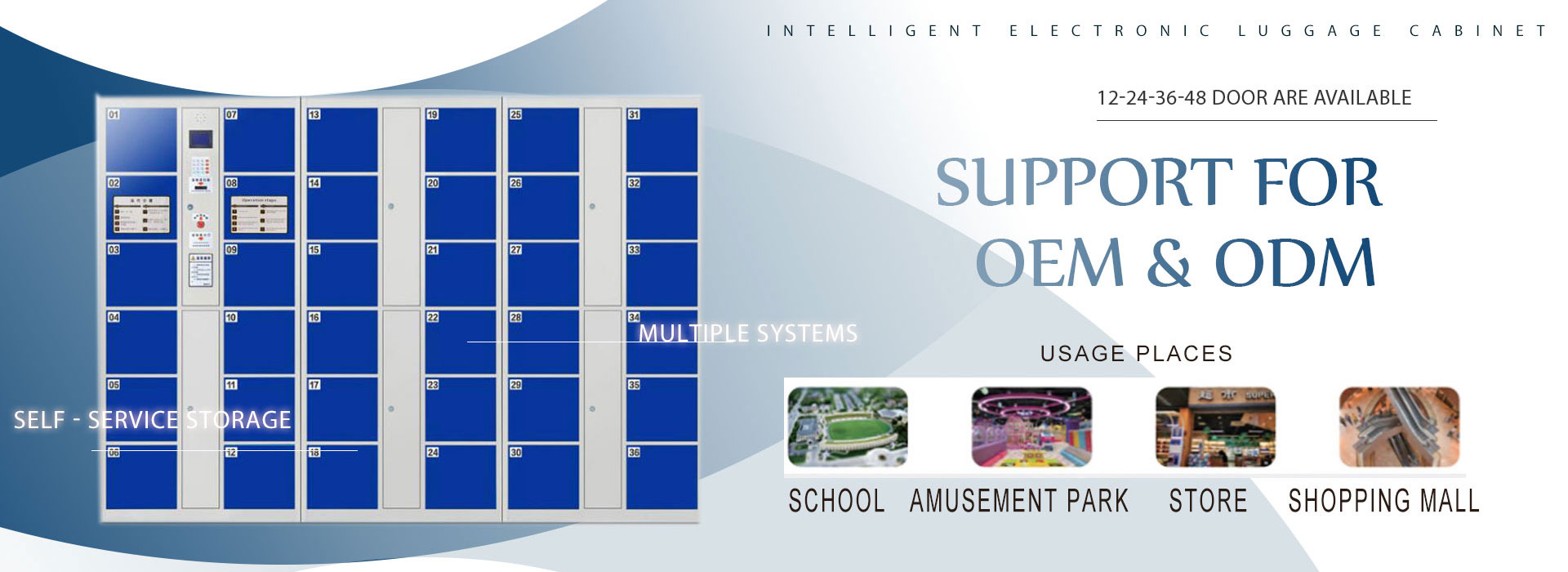Libraries’ Electronic locker use – Enhance borrowing & storage ease Streamlined Borrowing Experience
In modern libraries, the introduction of electronic lockers has revolutionized the borrowing process. For avid readers and researchers alike, these lockers offer unparalleled convenience.
Gone are the days of juggling books, laptops, and personal belongings while browsing through the vast shelves of a library. With electronic lockers, patrons can securely store their items as soon as they enter. This means that they can freely move around the library, focusing solely on finding the perfect books or resources without the worry of safeguarding their possessions.
For example, students often bring textbooks, notebooks, and even packed lunches to the library. Instead of cluttering study carrels or leaving their items unattended, they can use the electronic lockers. They simply deposit their belongings, receive a unique access code, and retrieve their items when they’re ready to leave. This not only keeps the library environment tidy but also allows for a more efficient use of space.
Moreover, when borrowing materials, the lockers play a crucial role. Some libraries now offer a contact – less pick – up service. Patrons can reserve books online and choose to have them placed in an electronic locker. They then receive a notification along with the access code. This reduces waiting times at the circulation desk and provides a seamless borrowing experience, especially during peak library hours.
Optimized Storage for All
Electronic lockers in libraries also serve as an excellent storage solution for a variety of items. Libraries are not just about books; they often house valuable research materials, audio – visual equipment, and more.
The lockers can be used to store delicate items like rare manuscripts or fragile old books that need extra protection. The electronic locking system ensures that only authorized personnel can access these items, enhancing their security.
In addition, for library staff, the lockers are a boon. They can use them to store administrative documents, inventory items, or equipment needed for library events. This organized storage system helps in quick retrieval and better management of library resources.
Furthermore, as libraries increasingly offer digital services, the lockers can be used to distribute and collect devices such as e – readers or tablets. Patrons can borrow these devices from the locker, use them for their research or reading, and return them to the same locker, making the entire process straightforward.
In conclusion, electronic lockers in libraries are a win – win for both patrons and staff. They enhance the borrowing experience, making it more convenient and efficient, while also optimizing storage and security within the library premises.




